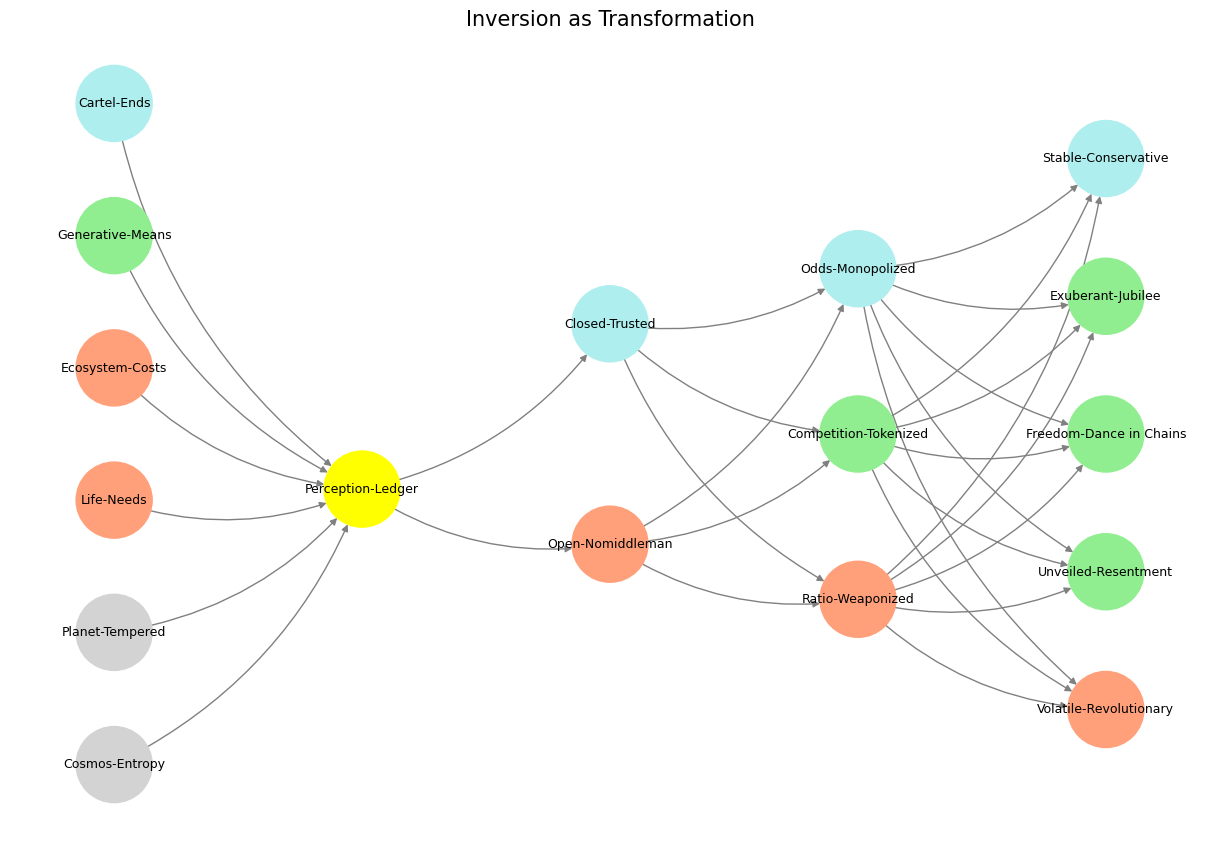Transvaluation#
As You Like It plays with the theme of usurpation, but in a way that softens its usual Shakespearean brutality. Duke Frederick has usurped the rightful Duke Senior, and Orlando’s brother Oliver is effectively a usurper in the domestic sphere, denying Orlando his rightful inheritance and place in the family. But unlike Hamlet or Richard III, where usurpation spirals into paranoia and death, As You Like It treats power struggles as something that can be resolved through transformation rather than bloodshed.
The forest of Arden functions as an alternative world, where those displaced by usurpation—Duke Senior, Orlando, Rosalind—can redefine themselves. Usurpation here doesn’t lead to tyranny or destruction but to self-discovery and, ultimately, reconciliation. Even Oliver, the treacherous older brother, undergoes an improbable conversion and repents.
So if Shakespeare’s great tragedies show usurpers doomed by their own instability, As You Like It offers a more whimsical take: what if exile and usurpation aren’t an end, but a chance to reinvent yourself? It’s a utopian answer to the problem of the usurper. Instead of the throne being a zero-sum game of power, it becomes something that can be ceded without bloodshed—Duke Frederick repents, the rightful heir returns, and harmony is restored.
In that sense, As You Like It is a what if? scenario for Shakespeare’s usual obsessions. What if the usurper just…gave up? It’s the most pacifist resolution to a usurpation plot in his entire body of work.
Fig. 18 What Exactly is Identity. A node may represent goats (in general) and another sheep (in general). But the identity of any specific animal (not its species) is a network. For this reason we might have a “black sheep”, distinct in certain ways – perhaps more like a goat than other sheep. But that’s all dull stuff. Mistaken identity is often the fuel of comedy, usually when the adversarial is mistaken for the cooperative or even the transactional.#
Show code cell source
import numpy as np
import matplotlib.pyplot as plt
import networkx as nx
# Define the neural network fractal
def define_layers():
return {
'World': ['Cosmos-Entropy', 'Planet-Tempered', 'Life-Needs', 'Ecosystem-Costs', 'Generative-Means', 'Cartel-Ends', ], # Polytheism, Olympus, Kingdom
'Perception': ['Perception-Ledger'], # God, Judgement Day, Key
'Agency': ['Open-Nomiddleman', 'Closed-Trusted'], # Evil & Good
'Generative': ['Ratio-Weaponized', 'Competition-Tokenized', 'Odds-Monopolized'], # Dynamics, Compromises
'Physical': ['Volatile-Revolutionary', 'Unveiled-Resentment', 'Freedom-Dance in Chains', 'Exuberant-Jubilee', 'Stable-Conservative'] # Values
}
# Assign colors to nodes
def assign_colors():
color_map = {
'yellow': ['Perception-Ledger'],
'paleturquoise': ['Cartel-Ends', 'Closed-Trusted', 'Odds-Monopolized', 'Stable-Conservative'],
'lightgreen': ['Generative-Means', 'Competition-Tokenized', 'Exuberant-Jubilee', 'Freedom-Dance in Chains', 'Unveiled-Resentment'],
'lightsalmon': [
'Life-Needs', 'Ecosystem-Costs', 'Open-Nomiddleman', # Ecosystem = Red Queen = Prometheus = Sacrifice
'Ratio-Weaponized', 'Volatile-Revolutionary'
],
}
return {node: color for color, nodes in color_map.items() for node in nodes}
# Calculate positions for nodes
def calculate_positions(layer, x_offset):
y_positions = np.linspace(-len(layer) / 2, len(layer) / 2, len(layer))
return [(x_offset, y) for y in y_positions]
# Create and visualize the neural network graph
def visualize_nn():
layers = define_layers()
colors = assign_colors()
G = nx.DiGraph()
pos = {}
node_colors = []
# Add nodes and assign positions
for i, (layer_name, nodes) in enumerate(layers.items()):
positions = calculate_positions(nodes, x_offset=i * 2)
for node, position in zip(nodes, positions):
G.add_node(node, layer=layer_name)
pos[node] = position
node_colors.append(colors.get(node, 'lightgray')) # Default color fallback
# Add edges (automated for consecutive layers)
layer_names = list(layers.keys())
for i in range(len(layer_names) - 1):
source_layer, target_layer = layer_names[i], layer_names[i + 1]
for source in layers[source_layer]:
for target in layers[target_layer]:
G.add_edge(source, target)
# Draw the graph
plt.figure(figsize=(12, 8))
nx.draw(
G, pos, with_labels=True, node_color=node_colors, edge_color='gray',
node_size=3000, font_size=9, connectionstyle="arc3,rad=0.2"
)
plt.title("Inversion as Transformation", fontsize=15)
plt.show()
# Run the visualization
visualize_nn()

Fig. 19 Nvidia vs. Music. APIs between Nvidias CUDA & their clients (yellowstone node: G1 & G2) are here replaced by the ear-drum & vestibular apparatus. The chief enterprise in music is listening and responding (N1, N2, N3) as well as coordination and syncronization with others too (N4 & N5). Whether its classical or improvisational and participatory, a massive and infinite combinatorial landscape is available for composer, maestro, performer, audience. And who are we to say what exactly music optimizes?#

